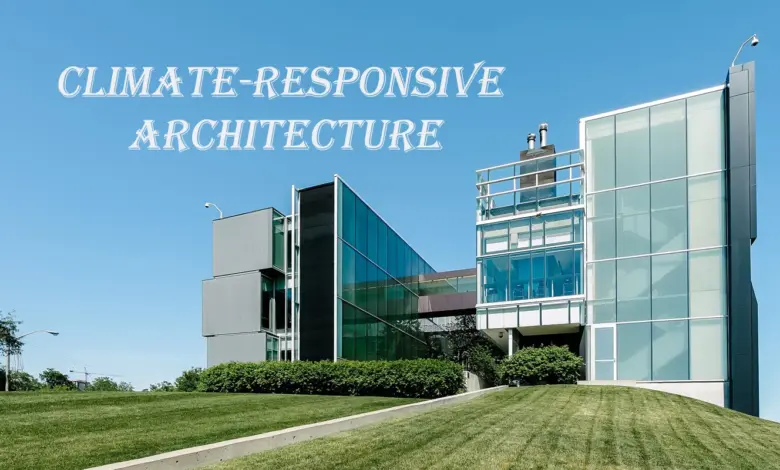Climate-Responsive Design: Architecture for Extreme Weather

Climate change transformed the way architecture has been approached in recent years. Extreme weather, ranging from rising heat waves to ferocious storms, calls for innovative interventions in building design. Climate-responsive architecture is, therefore, an important intervention that converges creativity and resilience.
For the first time, climatic phenomena-proofing buildings is not merely a concern. Rather, it’s an issue of designing buildings to fit local climates and reducing environmental footprints. For instance, passive cooling methods, natural ventilation, and shading devices are increasingly being integrated into buildings by architects to counteract rising temperatures. On top of that, they are using flood-resistant foundations and hurricane-resistant materials as well as heavy rain-resistant materials.
Further, the inclusion of intelligent technologies has accelerated this strategy. Sensors, machine learning-based monitoring, and prescriptive analytics now assist in optimizing energy consumption and predicting climate hazards. So, buildings are made sustainable without sacrificing safety and comfort for residents.

Of similar importance is the fact that climate-resilient architecture is also developing nature harmony. Green roofs, rainwater harvesting, and biologically based building materials are becoming more common across the world. Urban spaces are then not only healthier and more resilient but also more livable.
In the future, more climate-responsive design will be a milestone of architectural history. With sprawling cities and climatic patterns increasingly volatile, the discipline will play a pivotal role in building green, progressive societies.
In short, climate-responsive design is not a fad—but a necessity. It achieves this by combining innovation, sustainability, and flexibility in order to yield a building structure that thrives even under the weather patterns of extreme weather patterns.

